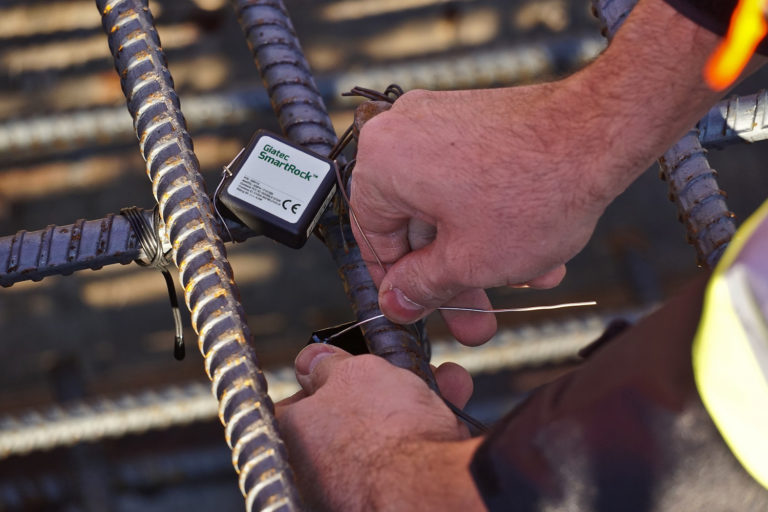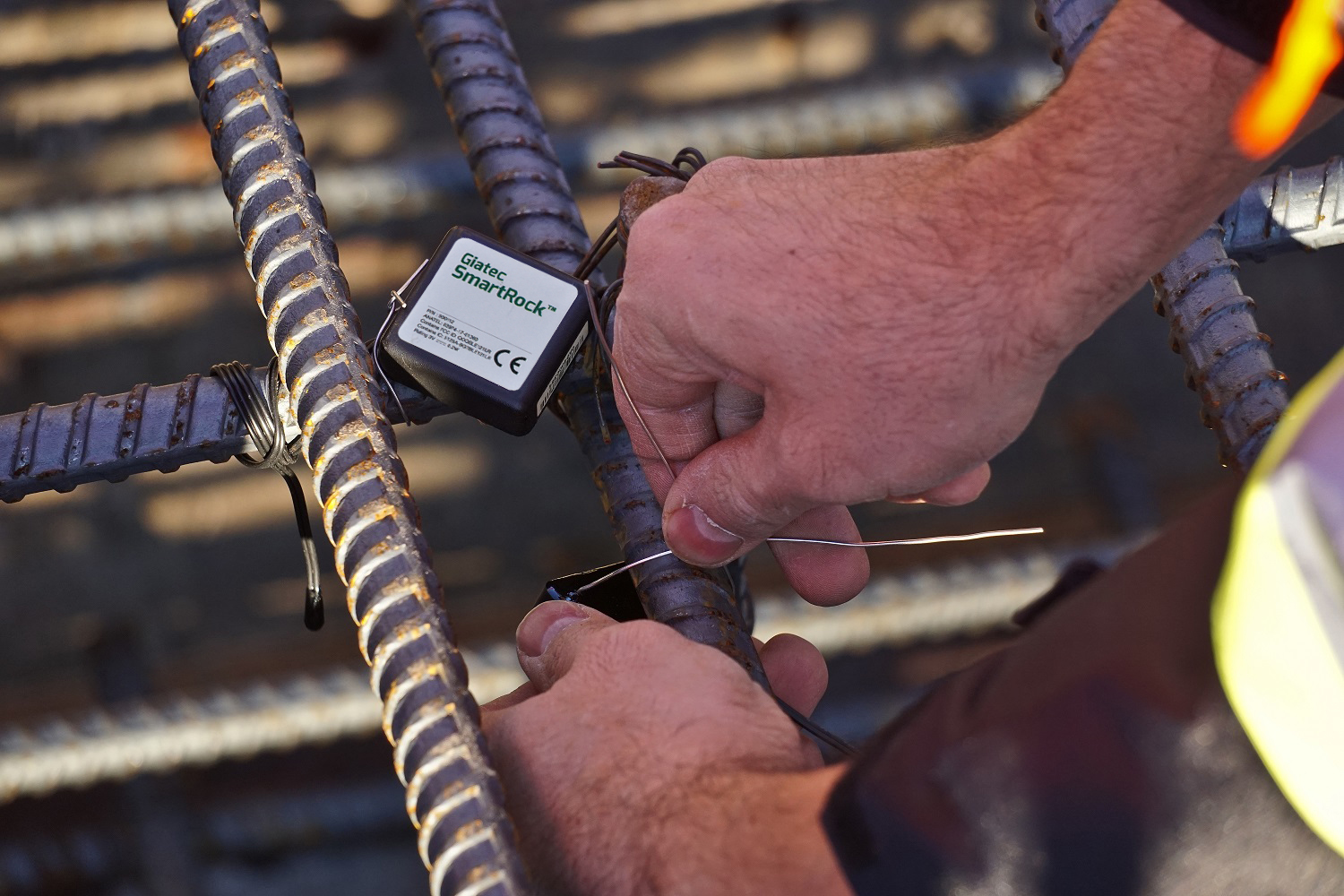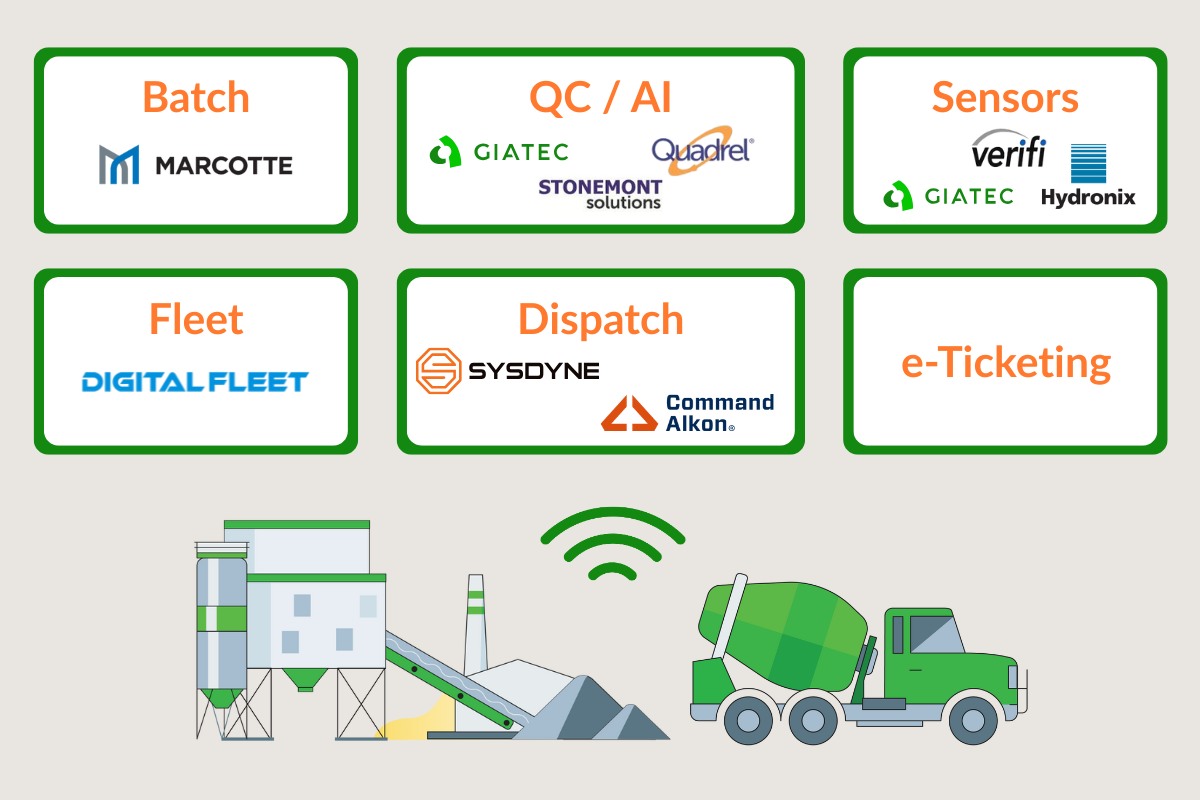The traditional way to determine whether a concrete element is strong enough for critical construction operation is to monitor concrete strength using field cured cylinders. Once the specimens have reached the desired strength, usually 75% of the mix design strength, the project can then move forward and it becomes safe to remove forms, post tension, open roads to traffic, etc.
Explore 12 Futuristic Technology Trends Solving Concrete's Biggest Challenges.
When field cured cylinders are used, samples are made at a given interval during the pour and the specimens are all cured in a specific location and tested at a specified age. One cylinder break result is meant to represent the entire pour and provide the decision maker with the required information to move forward and proceed with critical operations. However, this method doesn’t necessarily accurately represent the in-place strength of the concrete and is not able to provide information about the strength at specific locations of the concrete element
One of the main advantages of using the maturity method instead of traditional field cured cylinder is the option to monitor concrete strength at a specific location in the element by monitoring the temperature exactly where strength monitoring is necessary. Each type of structural element has special considerations and challenges when it comes to safely proceeding with the critical operations. Even if each structural element requires strength to be monitored at slightly different locations, there are three main important considerations that apply for every type of structure when selecting the position of your maturity meter.
- Where are the structurally critical locations?
- What is the pour schedule (end and start)?
- Where are the colder locations?
Structurally Critical Locations
The structurally critical location is the most important consideration for strength monitoring, this is the location where the highest loads and stresses on the structure are expected and therefore requires the appropriate strength development. The structural engineer would be able to provide more information related to the critical location for specific projects.
Pour Schedule
The pour schedule is also an important factor, as the pour can occur for multiple hours and the concrete that was first placed might be a couple of hours older, therefore stronger, than the last portion of the element that was cast. When removing forms or post tensioning as early as possible is critical for a project, couple of hours can make a difference. Therefore, targeting the end of the pour is usually a more conservative approach as it will typically have the lower strength of the pour because of the shorter curing time.
Colder Locations
The lower temperature of the concrete has a direct impact on the strength development.The colder it is, the longer it will take to reach a specified strength. The environment has an important impact on the temperature of the concrete, for example, the face of a building that is exposed to the wind from the adjacent river will experience colder concrete temperatures. Similarly, an area that is always in the shade will have lower temperatures than the face exposed to the sun. The coldest locations are typically defined as edges and corners for slabs where there are more exposure and surface area for heat loss. On vertical elements such as wall or columns, the top of the element will be the last placement portion as it will typically experience colder temperatures.
How Many Sensors Should be Installed Per Pour?
Overall, it is not practical to measure strength using the maturity method at all critical locations, corners, and edges of a pour. ACI 228. 1R, Chapter 5 – Implementation of in-place testing does propose a guideline in terms of maturity monitoring frequency. On average, it is recommended that one maturity meter be installed for every 15 m3 (20 yd3) which, based on the Giatec world-leading experience in maturity monitoring this recommendation is somewhat overly conservative, unrealistic, and too expensive. Since ASTM C1074-Standard Practice for Estimating Concrete Strength by the Maturity Method doesn’t propose any guidelines on the number and frequency of maturity probes that need to be placed in a concrete pour, a general practical guideline based on experience is recommended. As the maturity method is meant to be an alternative to field-cured specimens, it is recommended to follow the same minimum requirement; therefore, one maturity reader per 75 m3 (1/100yd3), this has been a well accepted guideline in the industry. Furthermore, it is always recommended to record maturity at a minimum of two locations, independently of the size of the pour.
Special Considerations for Typical Types of Pours
Slabs
In a regular high-rise slab, the number of sensors installed is typically around 3 to 4. The edge or corner towards the end of the pour is usually one of the main locations for a maturity meter. Other sensors are placed either along the edges (that are colder) and at critical locations. In one-way or two-way slab systems, the structurally critical areas are located at the larger negative and positive design moments. Typically, the maximum positive moment is located at a mid-span and the maximum negative moment is located at a slab-column interface. For a different slab configuration (slab with drop panels, beams, bands), span lengths, load patterns, and connections, the location of the maximum positive and negative moments can change. The structural engineer will be able to identify those critical locations.
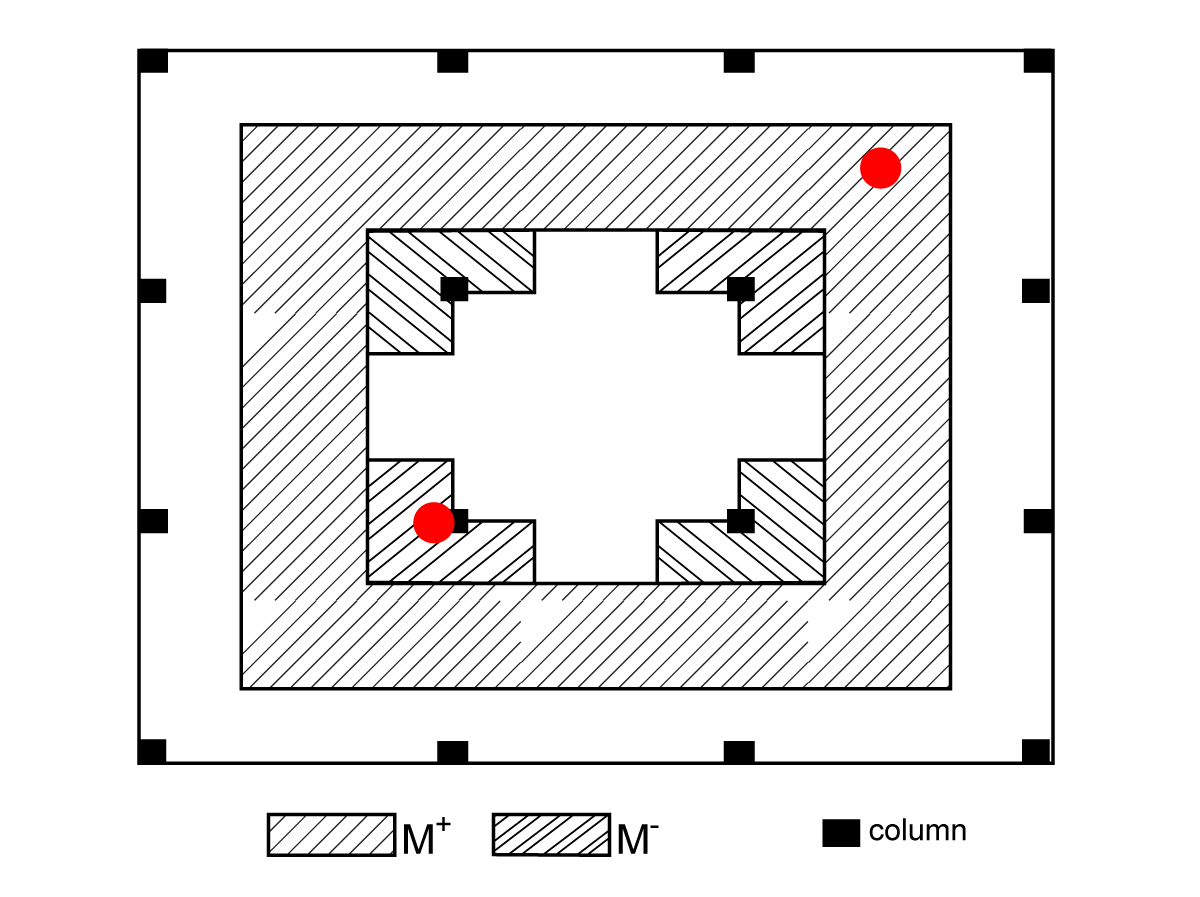
For the negative moment location, the part of the concrete that is under compression is located at the bottom of the slab (or beam), and vice versa for positive moment location. Maturity should be monitored at critical compression locations. Installing the sensor at the location of the nearest rebar from the top or the bottom would make the installation easier for any type of monitoring equipment.
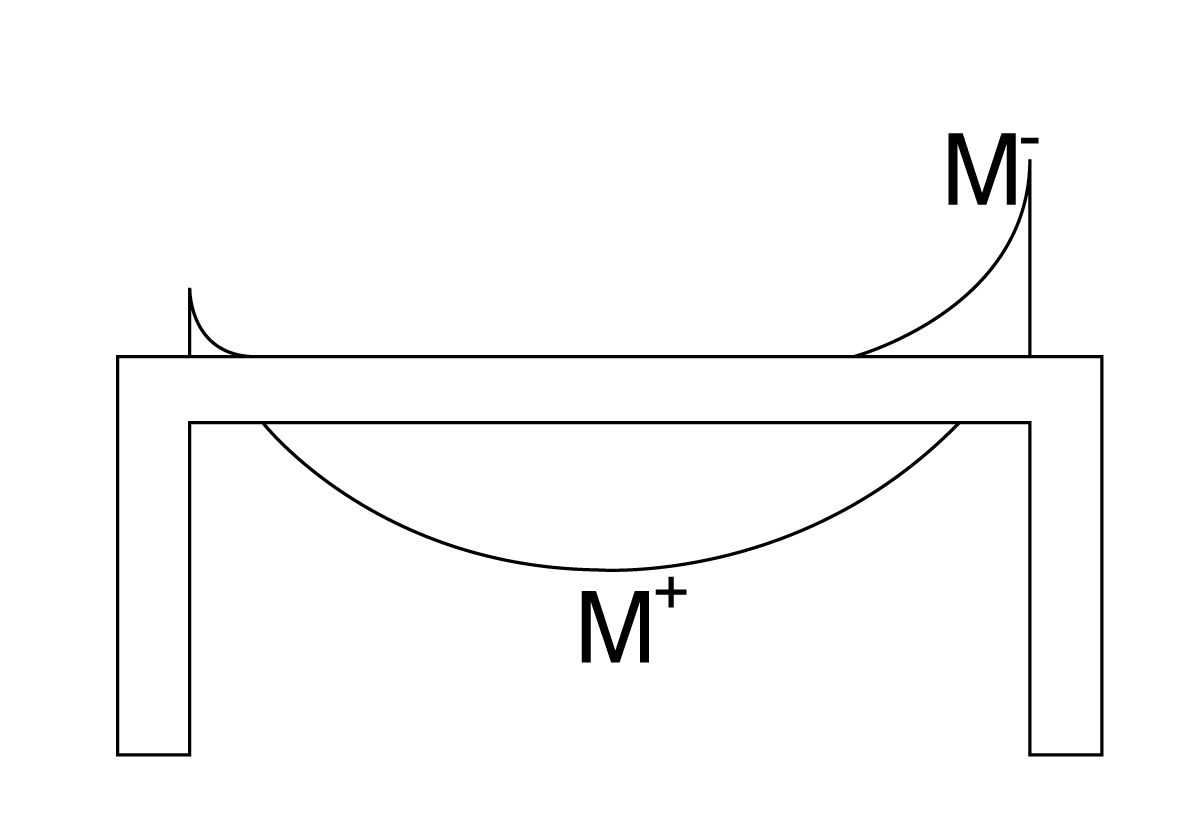
Post Tensioning
Post tensioning is one of the most popular applications where the maturity method is used worldwide. Tendons are usually tensioned as early as possible when concrete reaches a specified strength, typically 3000 psi (20MPa). The critical location for strength monitoring is often considered to be the edges at the anchor location, where the temperature is lower and there is a highstress concentration during the cable tensioning. The anchor edges that was last poured (end of the pour) will be a conservative location for a maturity sensor.
Additionally, monitoring of the strength at an interior location where the concrete is subjected to high stress is also considered as critical location to monitor strength. Stressing tendons too early when concrete has not gained sufficient strength can be extremely dangerous for the workers and costly for repairs.
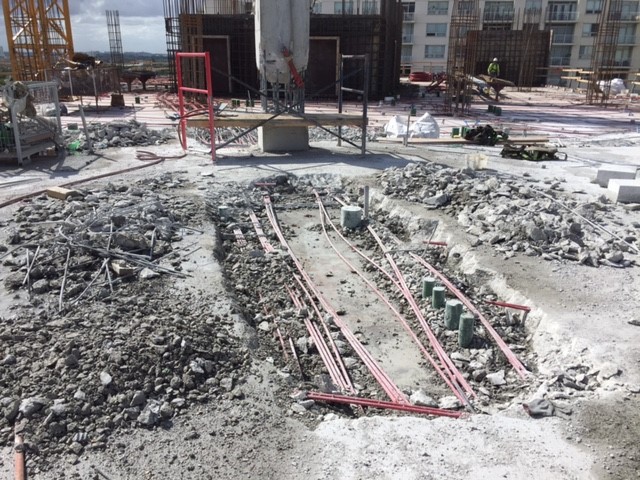

Learn more about post tensioning in this blog
Vertical Elements
Critical paths for the completion of a project are highly dependent on the completion of vertical elements such as columns and walls. A common practice is to leave walls to cure for 7 days; however, this approach is overly conservative. Important time savings can be gained by quickly moving on to the next construction phases. The colder area in a vertical element is at the top exposed surface for both walls and columns. Additionally, maturity monitoring needs to be done at critical locations in shear walls or columns which are located at connection areas (edge of the element at the slab intersection). If multiple columns or walls are casted consecutively within the same pour, it is not necessary to monitor maturity in each individual element. Targeting the last element is conservative and distributing other sensors at an interval is a commonly used practice. Sometimes, large vertical elements can also be considered as mass concrete. In those cases, temperature differentials between the core and surface are recommended to be monitored.
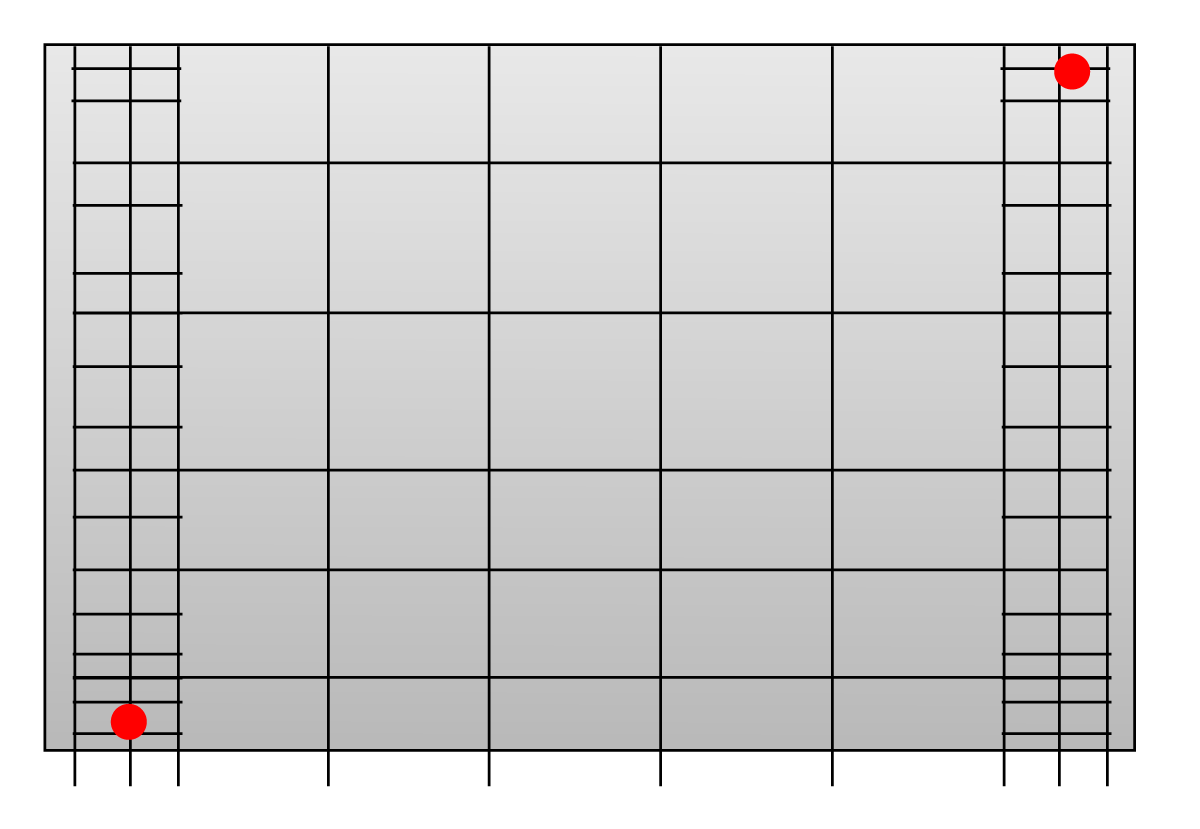
Location of maturity monitoring in vertical elements
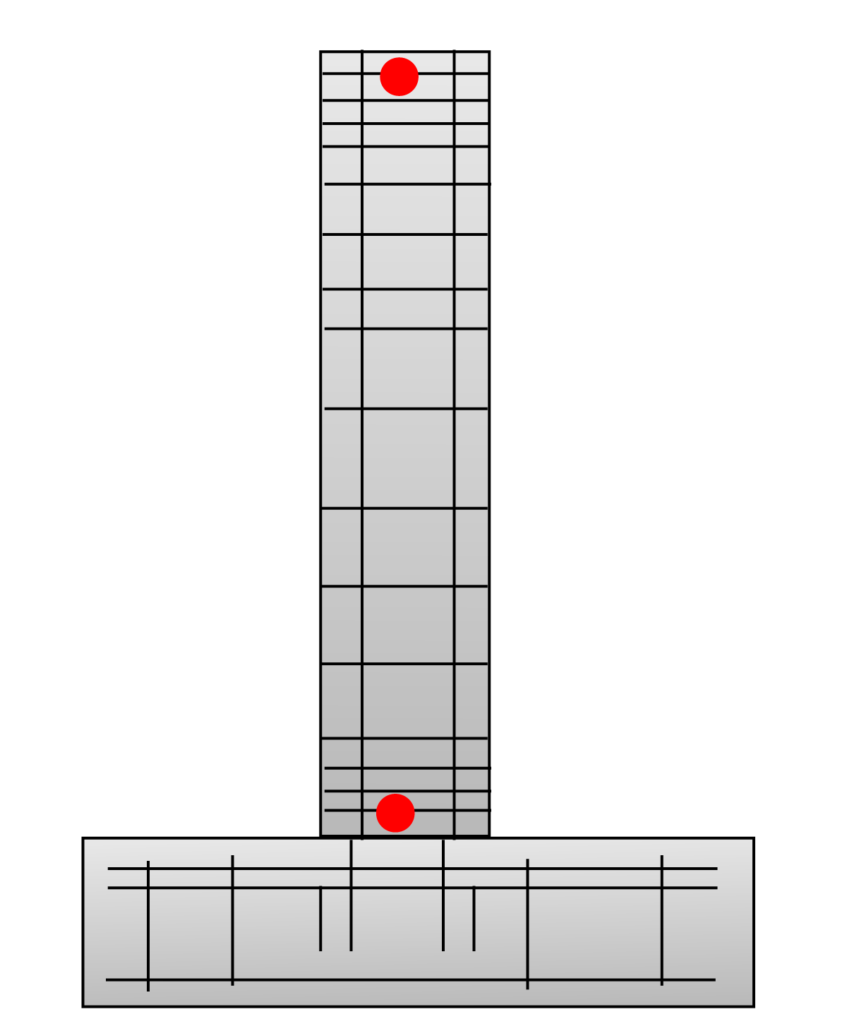
Location of maturity monitoring in vertical elements
Precast
The precast industry constitutes a very large amount of the concrete produced every year. Efficiency and quality control are very important factors. The National Precast Association (NPAC) and Canadian Standard Association (CSA A23.4) both require temperature monitoring to be done in precast elements. Since temperature monitoring is the base of the maturity method, using maturity would not come at a significant extra cost as it would only require calibration. Knowing the in-place strength can greatly enhance quality control and optimize the curing time.
Tilt-up
A specific precast industry that can also benefit from the use of maturity is the tilt-up industry. In addition to compressive strength measurement, it might also be required to measure flexural strength and modulus of elasticity to avoid damages during the lifting process. Maturity calibration can be used to monitor all three properties. In other words, by monitoring the temperature and maturity of the tilt-up element, the flexural and compressive strength, and MoE can easily be obtained without the need for testing additional cylinders and beams. It would also provide additional benefits to the quality control practice and the amount of curing required. Maturity in tilt-up application is gaining more and more popularity in the industry.
Shotcrete
Shotcrete is usually used in hard-to-access areas, where having the appropriate strength is crucial, such as mining applications. In this case, the maturity value can be used to improve quality control and potentially reduce the cost of the core-drilled cylinder breaks taken from the panel test. The same step as described in the calibration must be done. The only difference is that instead of casting cylinders for the calibration, cores from panels must be taken according to ASTM D1140 and the temperature measurement for calibration must be taken from the center of the panel. Special attention would need to be directed to the dry-batch shotcrete as the nozzle operator is the element in charge of controlling the amount of water in the mix. Additionally, larger variance could be expected between the calibrated mix and the in-place concrete.
*Editor’s Note: This post was originally published in July 2019 and has been updated for accuracy and comprehensiveness.

